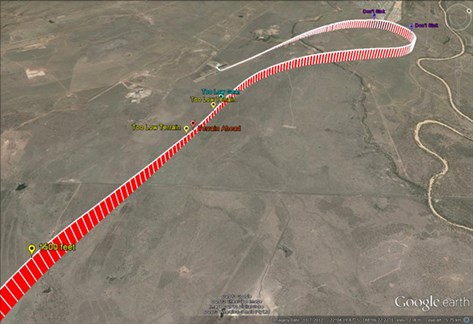The Australian Transport Safety Bureau (ATSB) is investigating an approach by an Virgin Australia
The alarms occurred as the aircraft, bearing registration VH-
“During the approach to the downwind position of the circuit, the crew observed a band of low scattered cloud and fog along the flight path,” says the ATSB. “The crew reported that the cloud base appeared to be about 1,500ft [457m] above ground level, which was their planned downwind altitude for the circuit.”
When approaching 1,500ft above ground level (
This brought the aircraft to 450ft

ATSB
“The crew reported that, as they were visual, the alerts were acknowledged and flight continued below the cloud base,” says the ATSB. “They also reported that the height of the cloud base was difficult to judge due to the combination of the scattered cloud and the underlying fog.”
After clearing the cloud band, the aircraft climbed to 950ft
The ATSB report will look at areas such as Virgin’s standard operating procedures, the TAWS system and Virgin’s management of TAWS alerts. The final report is due to be completed no later than April.
Source: Cirium Dashboard


























